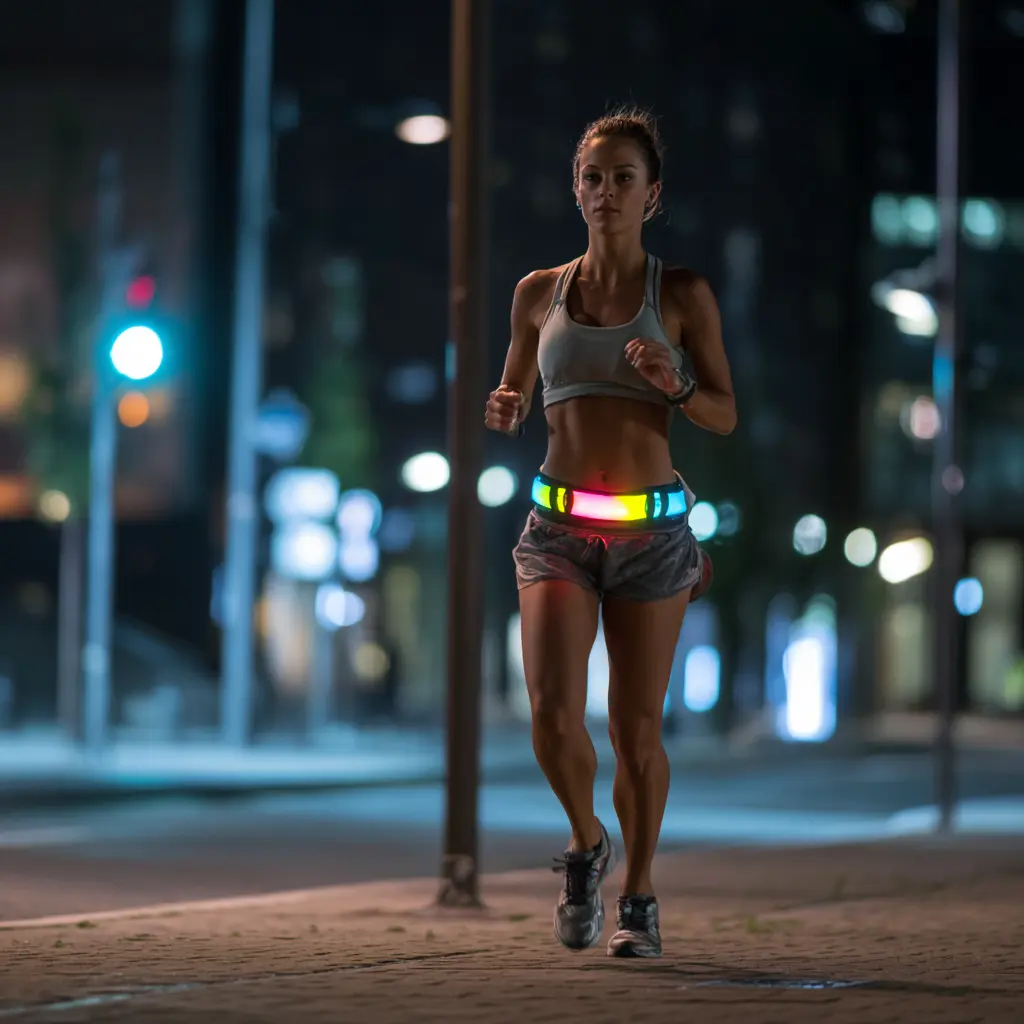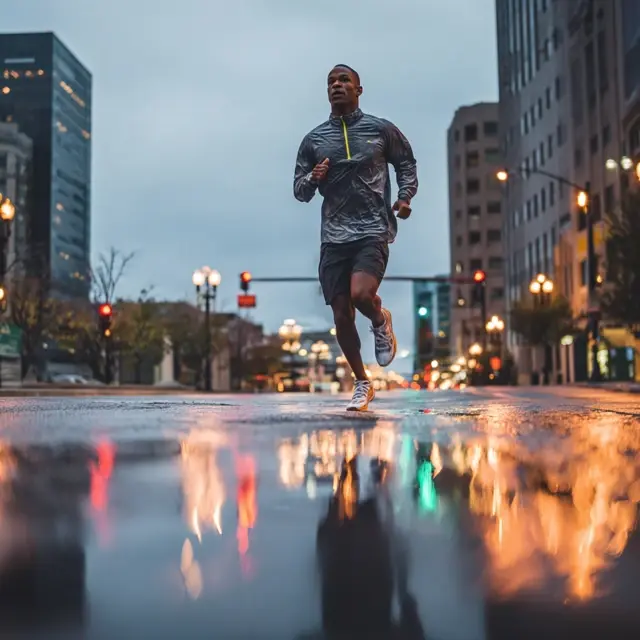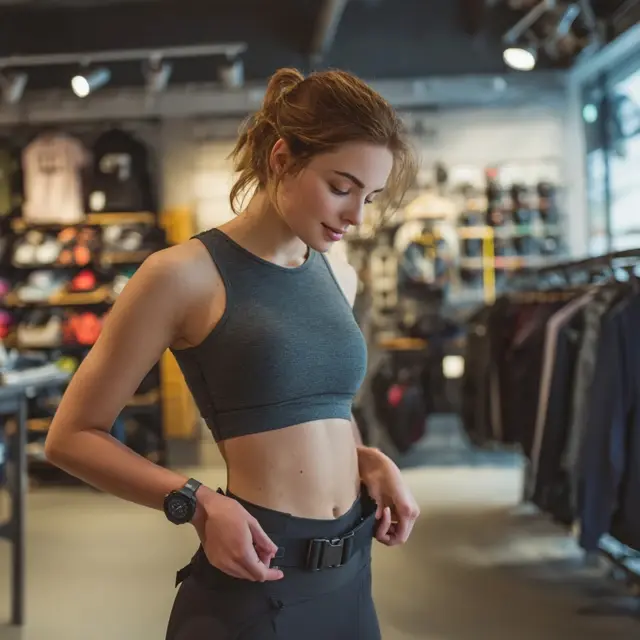How to Select a Running Belt with Reflective Safety Strips
Running in low-light conditions can be refreshing and convenient, but it also comes with safety risks. A running belt with reflective safety strips enhances your visibility, making you easier to spot by drivers, cyclists, and other pedestrians. Here’s a guide to choosing the right reflective running belt for safe and comfortable workouts.
Why Reflective Strips Matter
Reflective safety strips increase visibility by bouncing back light from cars, streetlights, and headlamps. They provide:
- Improved safety: Essential for night or early morning runs.
- Peace of mind: Allows you to focus on performance, not hazards.
- All-weather usability: Reflective designs remain effective in fog, rain, or low-light conditions.
Step 1: Evaluate Placement of Reflective Strips
The visibility of a running belt depends on where the reflective accents are located:
- Front-facing strips: Enhance visibility for oncoming traffic.
- Rear placement: Protects you from vehicles approaching from behind.
- 360-degree coverage: Offers the best all-around safety for road or trail runs.
Step 2: Balance Safety with Comfort
A belt must be comfortable as well as visible. Look for:
- Adjustable straps: Ensure a snug, bounce-free fit.
- Moisture-wicking fabrics: Keep sweat from causing discomfort.
- Lightweight designs: Prevent bulkiness during longer runs.
Step 3: Consider Storage Features
Reflective belts should still serve their primary purpose: carrying essentials. Choose belts with:
- Zippered compartments: Keep valuables secure.
- Expandable pockets: Fit items like phones, keys, or energy gels.
- Separate compartments: Prevent scratching between items like keys and phones.
Step 4: Test Durability of Reflective Material
Not all reflective strips last the same. To ensure longevity:
- Check product descriptions for abrasion-resistant finishes.
- Look for reinforced stitching around reflective elements.
- Read reviews about durability after multiple washes or heavy use.
Step 5: Match to Your Running Environment
Think about when and where you run:
- Urban runners: Bright reflective strips for busy streets with vehicle traffic.
- Trail runners: 360-degree designs for unpredictable terrain and low-light visibility.
- Casual joggers: Minimal reflective accents may be enough for well-lit parks.
Extra Safety Features to Look For
Some belts come with added safety measures:
- Built-in LED lights for enhanced visibility.
- Emergency whistle attachments.
- High-contrast neon fabrics for daytime visibility.
Conclusion
A running belt with reflective safety strips is a smart choice for anyone training in low-light conditions. By focusing on reflective placement, comfort, storage, and durability, you’ll find a belt that keeps you safe while still meeting your running needs.
For further advice, explore our safety-focused running gear guides and visibility accessories for night runners.




